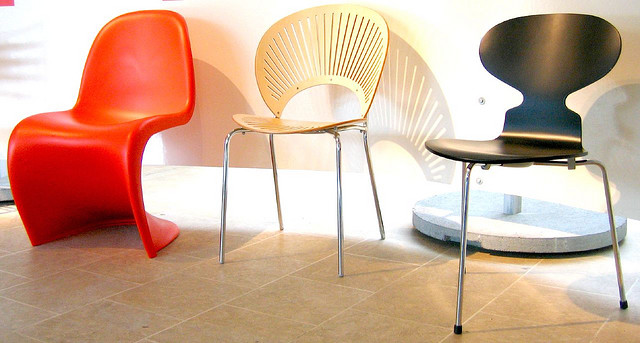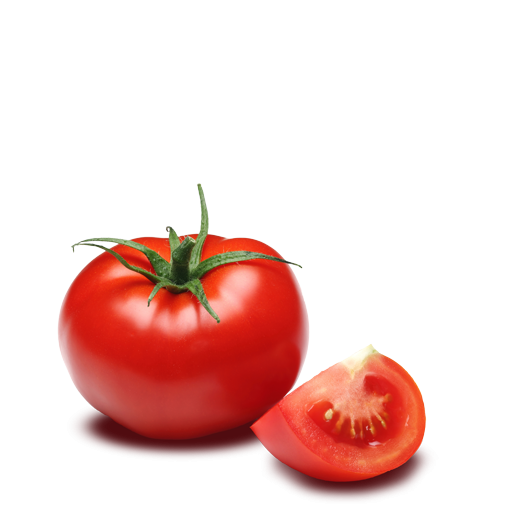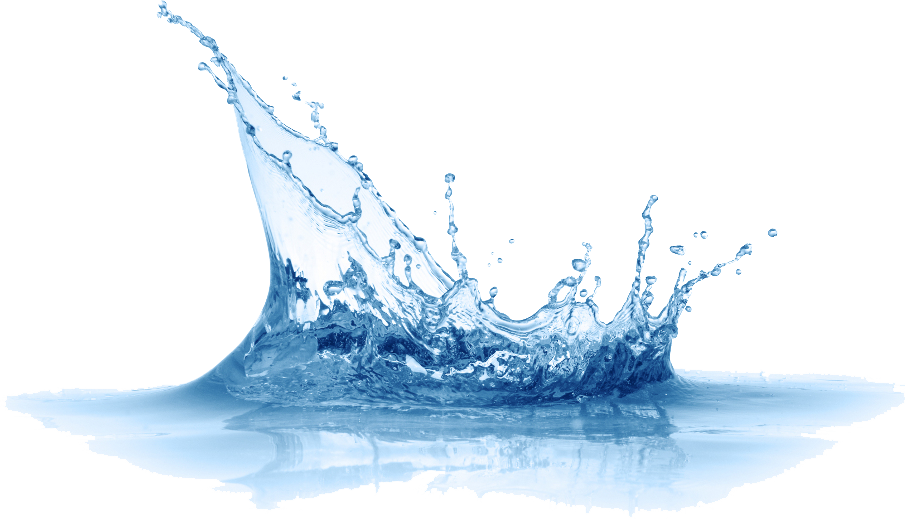States of matter
There are multiple states of matter in the world. A state of matter is basically the difference between the patterns of atoms and how they are arranged, which will determine if a substance is either a liguid, solid, or a gas. Each of these states of matter has their own characteristics and are important to us in some way.
Solids
A solid is an object that has a very strict atomic structure, so it normally doesn't move or separate unless the entire body as a whole is moved, or it is broken into peices. We usually use these as tools, consumables, or purely for our leisure. Some examples would include:
- A chair is a solid. We use these to sit on while we relax or work.

- Another example of a solid would be a pencil. We use pencils as tools to write down and record feelings and important things we need to remember.

- One more example would be a tomato. Something that we consume, and while it is a solid, it also has liquids in it, which we would also consume.

Liquids
A liquid is different from a solid. This is because while a solid has that strict atomic structure, liquids do not. This means that it can move or separate very easily. We usually consume these, but we may also use them for expiriments or for farming, and they can sometimes be very unhealthy to consume. Examples of a liquid involve:
- Water is a very common liquid that we see almost everyday. Whether it's to consume it, use it in farming, or use it to cleanse ourselves, water has plenty of uses.

- Soda is another common liquid that we see, but this one is just to consume. If you've never had soda before then I'd definitely be surprised.

- And battery acid is another liquid that we use, but you never really see it. If you're familiar with actual batteries (Which is a solid by the way), inside of a battery is a liquid that helps the battery work. This liquid is very toxic and should never be consumed, but it is a good example of how liquids can help us in other ways than just consumption.

Gases
When you think of a gas, one of the main things you should think of is that you can never really see them. While solids and liquids can be seen, the atomic structure of gas is so spread out that you can't see it. We use these for experiments, production of some other solids and liquids, and we even breath in some of it, or breath it out
- Oxygen is the most common gas that exist on Earth. We breath it in, as it is what we use for a lot of bodily processes, including pumping blood through our system.
- Carbon Dioxide is also another gas that is quite common. We do not really use this, but when we process the oxygen we breath in, carbon dioxide is what we breath out. While we may not use this, plants do. It's basically their version of oxygen.
- Helium is also a gas, but we never really use this for anything, but we do use it for balloons. That's why they float.








